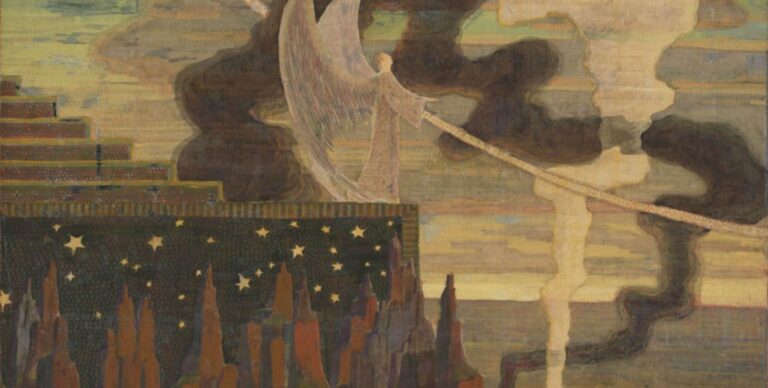Il fumetto si apre nella Green Woman, una locanda dominata dalla figura drammatica di una polena, in cui il nostro protagonista Fielding Bandolier sta rimuginando e fumando, ripensando a quel bastardo del suo amico scrittore che avrebbe voluto lui morisse alla fine del rimanzo sulla sua vita, e alle molte identità che ba assunto nel tempo. Tra gli pseudonimi, tra i tanti nomi di FB, quello di Frank Belknap, è probabilmente un’eco del grandissimo Frank Belknap Long, scrittore horror americano della stessa pasta di H.P. Lovecraft, con cui ha anche collaborato. Se non lo conoscete e vi piacciono le poesie di Poe, vi consiglio la raccolta di poemi In Mayan Splendor, un piccolo gioiello di esotismo weird. Se non lo conoscete e amate Lovecraft, vi consiglio la raccolta di racconti The Hounds of Tindalos. Se non lo conoscete e non volete conoscerlo, ma siete appassionati di Lovecraft, potete leggervi la sua biografia Dreamer on the Nightside, sempre ad opera di Belknap Long. Se invece è solo il fumetto a interessarvi, ho qualcosa anche per voi: durante l’età d’oro del fumetto americano, ha scritto in Adventurers into the Unknown, Superman, Congo Bill, Lanterna Verde e Capitan Marvel.
Ma torniamo a The Green Woman e allo “evilest motherfucker in the jungle”, FB. La struttura circolare del racconto, per quanto in primis piuttosto confusa, ci accompagna in una vicenda noir dalle tinte horror e intreccia le storie di questo veterano serial killer, vittima delle voci che lo spingono ad agire seguendo uno schema che lo riporta a giovani donne asiatiche come la moglie che ha dovuto uccidere in Cambogia, del suo copycat irlandese e del poliziotto americano con il volto da buono e il nome da cowboy, che gli dà la caccia. Sullo sfondo rimane la polena, la locanda, e il pub The Black Galleon da cui è stata strappata, acquattati in attesa di scattare e colpire, allo stomaco, con una possibile spiegazione e l’annunciata assenza di un lieto fine.
Tutto sommato un ottimo prodotto, se riuscite a superare il primo confuso quarto del volume, in cui si riconfermano le caratteristiche che già ci avevano fatto amare la scrittura di Peter Straub, con e senza Stephen King al suo fianco. Suo degno compagno d’avventure in questo caso è John Bolton il cui stile denso e pittorico, per l’occasione meno fotorealista che in altri casi, si sposa piuttosto bene con un racconto cupo, intriso di ispirazioni cinematigrafiche. Non mi è chiaro invece quanto sia esteso il contributo di Michael Easton, che ricorderei più per le sue poesie Eighteen Straight Whiskeys che per la sua carriera televisiva.

Sabine Baring-Gould — A Christmas Tree
Tom Mountstephen was dressed in his very best—a black coat, a tie of blue satin studded with veritable planets, and in it a new zodiacal sign—a fox in full career, that formed the head of a pin. Tom’s collar was so stiffly starched and so





No Comments